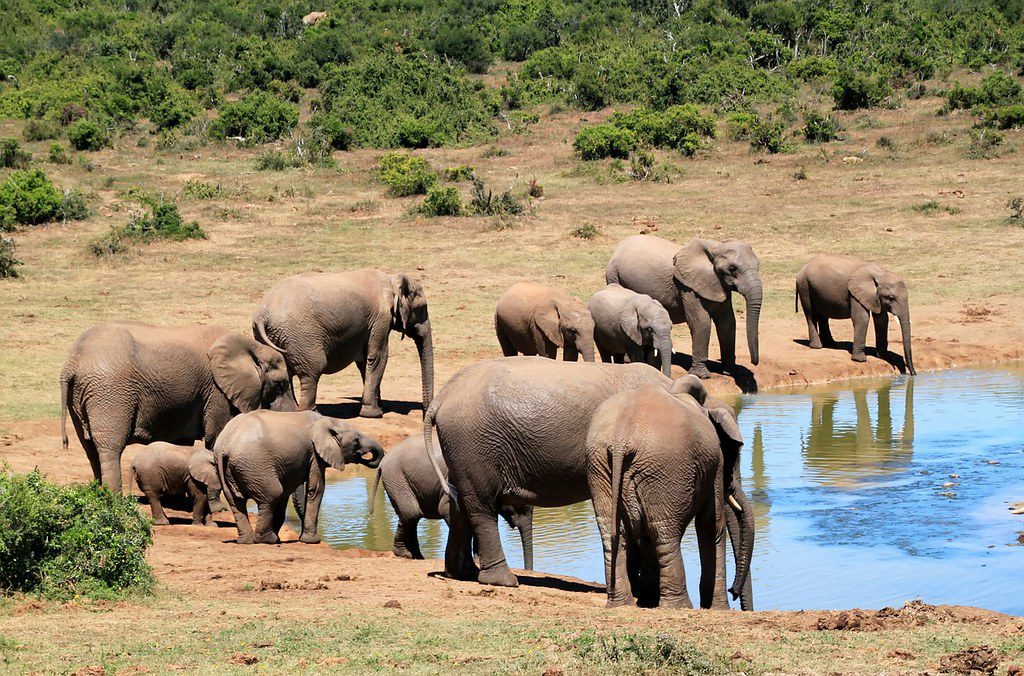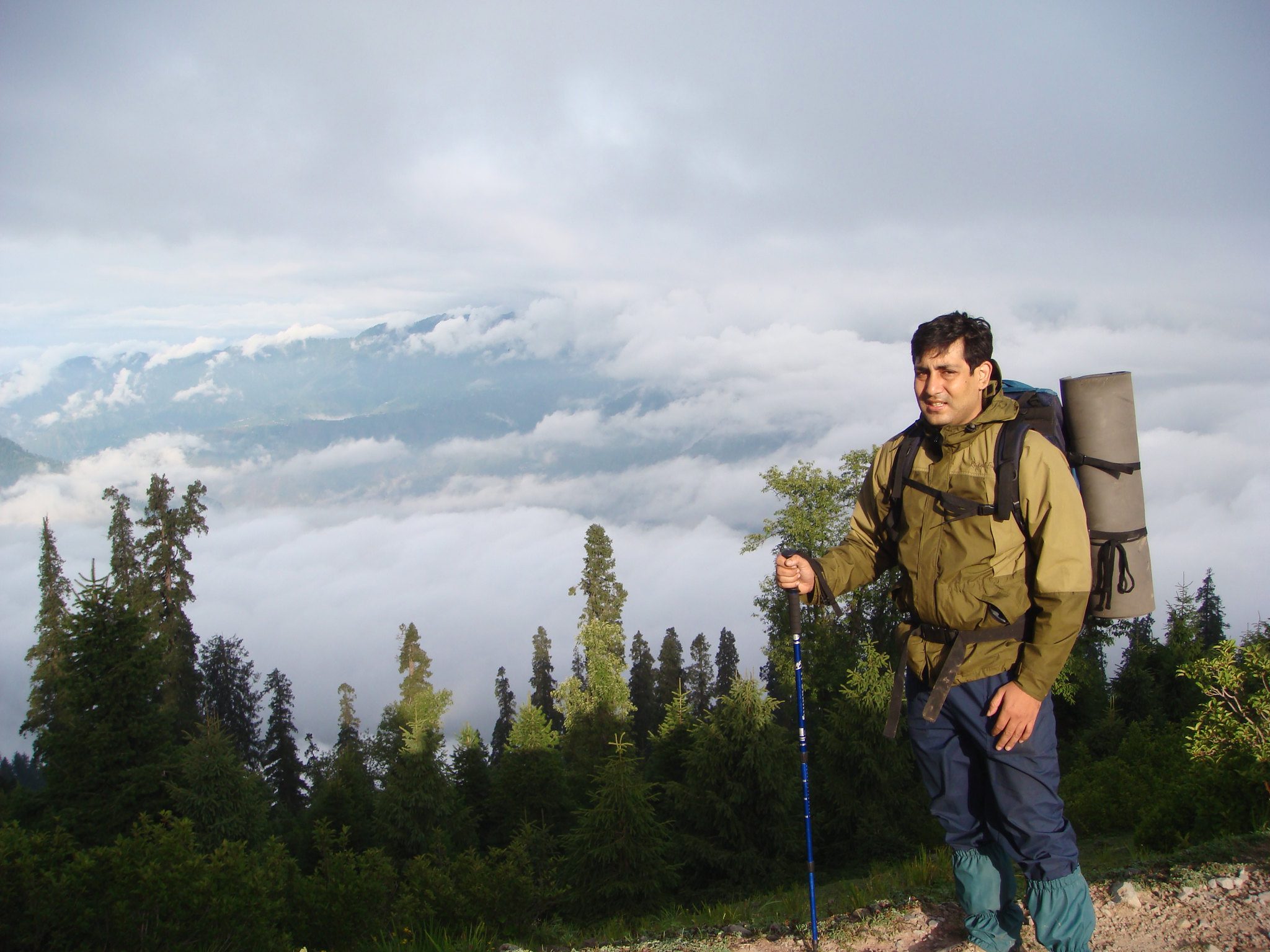Africa is a vast and diverse continent with a wide range of climates, landscapes, and cultures. Whether you’re exploring the savannas, trekking in the mountains, or relaxing on the coast, dressing appropriately is essential for comfort, safety, and cultural sensitivity. Here’s a comprehensive guide on what to wear for different types of African trips.
1. Safari and Wildlife Adventures.
Neutral Tones: Opt for neutral-colored clothing to blend in with the natural surroundings and avoid startling wildlife.
Long Sleeves and Pants: Wear lightweight, long-sleeved shirts and pants to protect against the sun, insects, and thorny vegetation.
Wide-Brimmed Hat: A wide-brimmed hat offers sun protection for your face, neck, and ears.
Sturdy Footwear: Closed-toe, comfortable, and sturdy shoes or hiking boots are ideal for walking safaris and exploring rough terrain.
Sunglasses: Polarized sunglasses with UV protection will shield your eyes from glare and sun exposure.
Lightweight Jacket: Pack a lightweight, breathable jacket for early morning game drives or cooler evenings.
Binoculars: If you’re planning on wildlife viewing, binoculars are essential for spotting animals from a distance.
2. Mountain Treks.
Layering: Dress in layers to adapt to changing temperatures as you ascend or descend. This includes moisture-wicking base layers, insulating mid-layers, and a waterproof outer shell.
Warm Clothing: For high-altitude treks, pack warm clothing like a down jacket, gloves, and a beanie.
Hiking Boots: Sturdy, waterproof hiking boots with ankle support are crucial for rocky and uneven terrain.
Hat and Sunglasses: A hat and sunglasses protect against sun and glare at higher altitudes.
3. Coastal Getaways.
Light and Breathable Clothing: Choose lightweight, breathable clothing like cotton dresses, shorts, and T-shirts for beach destinations.
Swimwear: Pack comfortable and modest swimwear for swimming and water activities.
Sun Protection: Don’t forget a wide-brimmed hat, sunglasses, and sunscreen for sun protection.
Sandals: Comfortable sandals or flip-flops are perfect for walking on sandy beaches.
4. Urban Explorations.
Casual and Respectful Attire: Opt for casual, modest clothing that respects local customs and traditions.
Comfortable Shoes: Choose comfortable walking shoes or sneakers for city explorations.
Shoulder Covering: In some cultures, it’s respectful to cover your shoulders when visiting religious sites or conservative areas.
5. Cultural Visits.
Modest Clothing: When visiting religious sites or interacting with local communities, dress modestly with covered shoulders and knees.
Cultural Sensitivity: Research the cultural norms of the specific country or region you’re visiting to show respect through your clothing choices.
6. Jungle Adventures.
Lightweight and Quick-Drying: Wear lightweight, moisture-wicking clothing that dries quickly in humid jungle environments.
Insect Repellent Clothing: Consider clothing treated with insect repellent to protect against mosquitoes and other insects.
Sturdy Footwear: Closed-toe shoes or hiking sandals with good traction are ideal for navigating wet and slippery terrain.
7. Desert Expeditions.
Loose Clothing: Loose-fitting, lightweight clothing in light colors helps to reflect the sun and keeps you cool in desert conditions.
Headscarf: A lightweight scarf or shemagh can protect your head and neck from the sun and sand.
Sun Protection: Wide-brimmed hats, sunglasses, and sunscreen are essential for desert trips.
Remember that dressing appropriately not only enhances your comfort and safety but also shows respect for the local cultures and environments you’re visiting. Always research the specific destination’s climate and cultural expectations before packing for your African adventure.





